Choosing The Right Grass For Your Yard
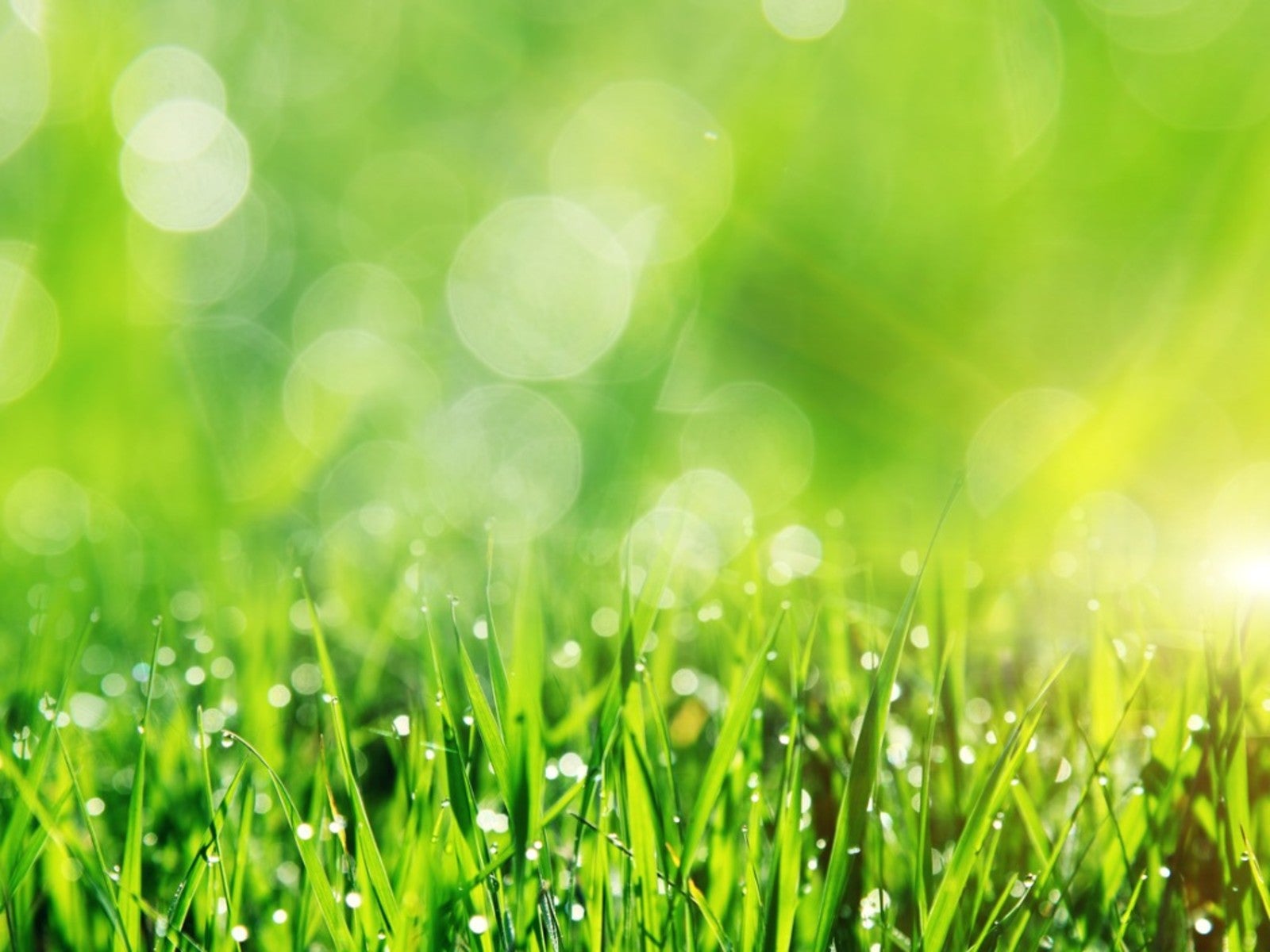

Choosing the right grass for your yard can make the difference between having a low-maintenance lawn and one that requires a lot of upkeep. Keep reading to learn more about the proper grass selection.
Grass Seed Considerations
Grass seed that grows slowly, thickens easily, and discourages weeds or other pests is important for a healthy lawn. Grasses vary in color, appearance, and growth habits. Determine how much time or money you are willing to spend on your lawn. Higher-maintenance grasses mean more work for you and less money in your pocket. The type of grass seed you choose should be determined by the growing conditions of your landscape. For instance, how much sun and shade does the site receive? What is the soil like? Choosing the right grass for your lawn includes determining how it will be used as well. Will the lawn be used simply for appearance or other purposes such as entertaining, playing, gardening, etc.? Consider your lawn requirements and compare brands carefully. The extra expense for higher-quality grass seed is usually worth it. Since most lawns have a variety of growing conditions, choosing those which are blended or mixed, such as with cool-season grasses, may be helpful. Different grasses have their own strengths and weaknesses, growing wherever they are better suited within the lawn. For instance, with a mixture containing bluegrass and fine fescue, the bluegrass will grow happily in sunny locations, while the fescue will thrive in shady areas. Lawns consisting of mixed blends are also more resistant to disease and pest problems. Warm-season grasses are usually planted as a single seed, not a mixture. Depending on your needs, these can be as good a choice as any other. The vigorous growth patterns of warm-season grasses make it difficult for other types of grasses, or weeds, to compete. Some grasses, such as tall fescues and native grasses, also look better when planted alone. Grass is great, but less lawn means less maintenance. Consider using easy-care ground covers that don't require any mowing or trimming. Ground covers like liriope (also known as lilyturf or monkey grass) and English ivy do not require mowing and can make good landscaping fillers, especially in hard-to-mow areas. If all else fails, you can always check with your local Cooperative Extension for grass and lawn recommendations in your area.
Gardening tips, videos, info and more delivered right to your inbox!
Sign up for the Gardening Know How newsletter today and receive a free copy of our e-book "How to Grow Delicious Tomatoes".

Heather Rhoades founded Gardening Know How in 2007. She holds degrees from Cleveland State University and Northern Kentucky University. She is an avid gardener with a passion for community, and is a recipient of the Master Gardeners of Ohio Lifetime Achievement Award.
-
 12 Lush Alternatives To A Lawn For Sustainable Spaces
12 Lush Alternatives To A Lawn For Sustainable SpacesAlternatives to a lawn are beautiful and also beneficial to your local ecosystem and its pollinators. Explore our top picks for plants to replace grass.
By Tonya Barnett
-
 Types Of Tomatoes Explained: Explore The Many Wonderful Shapes, Colors, Flavors, & Best Uses
Types Of Tomatoes Explained: Explore The Many Wonderful Shapes, Colors, Flavors, & Best UsesThe world of tomato varieties is vast and fascinating. Learn about the key types to grow in your garden, tailored to your preferences and space.
By Amy Grant
-
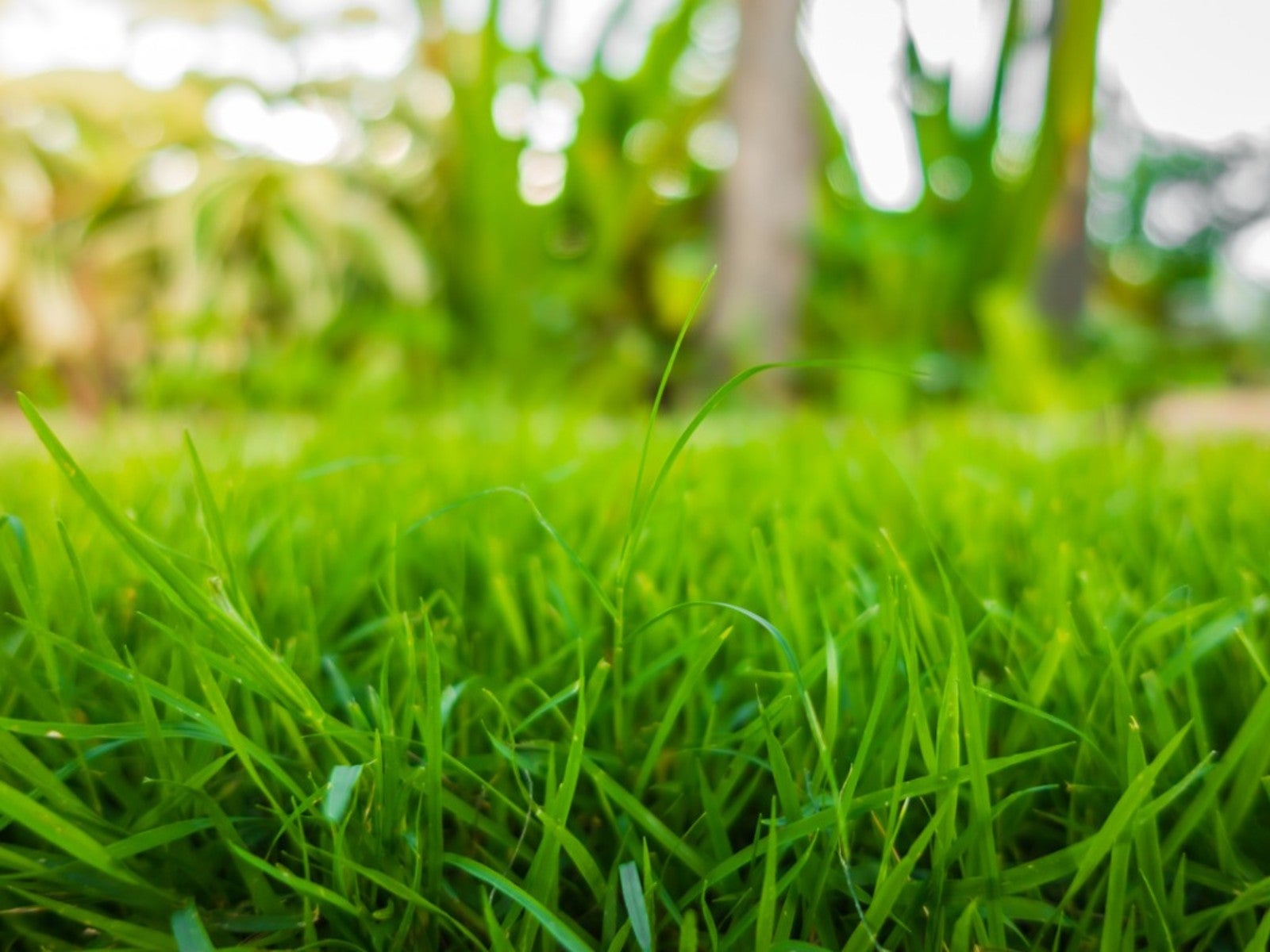 Sustainable Turf Species For A Greener Lawn
Sustainable Turf Species For A Greener LawnClick here for some of the most sustainable types of turf grass you can grow for an eco-friendly lawn.
By Bonnie L. Grant
-
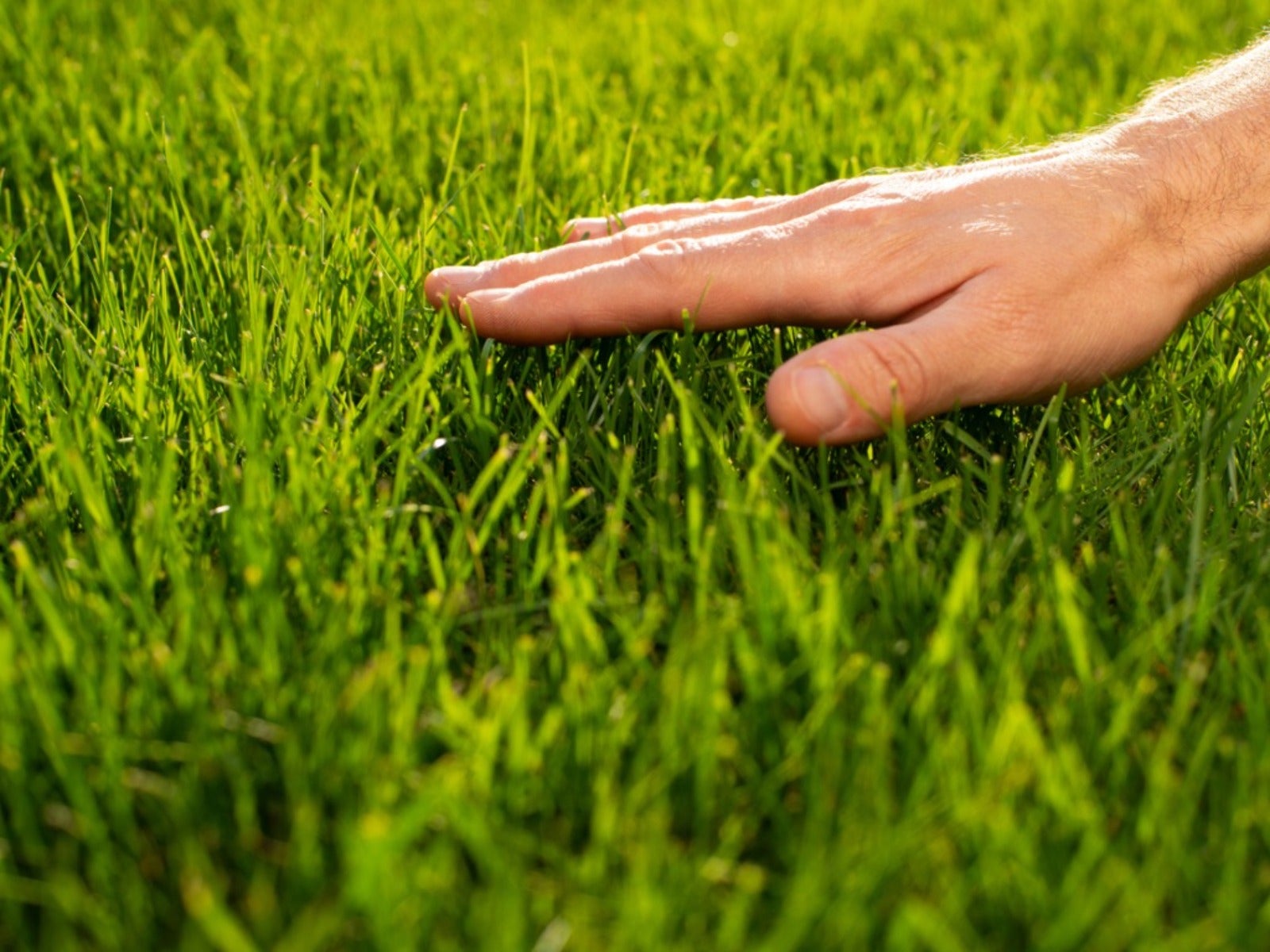 How To Grow A Sustainable Lawn
How To Grow A Sustainable LawnAdjust your thinking about a perfect green lawn and consider more sustainable methods. Click here to learn how.
By Mary Ellen Ellis
-
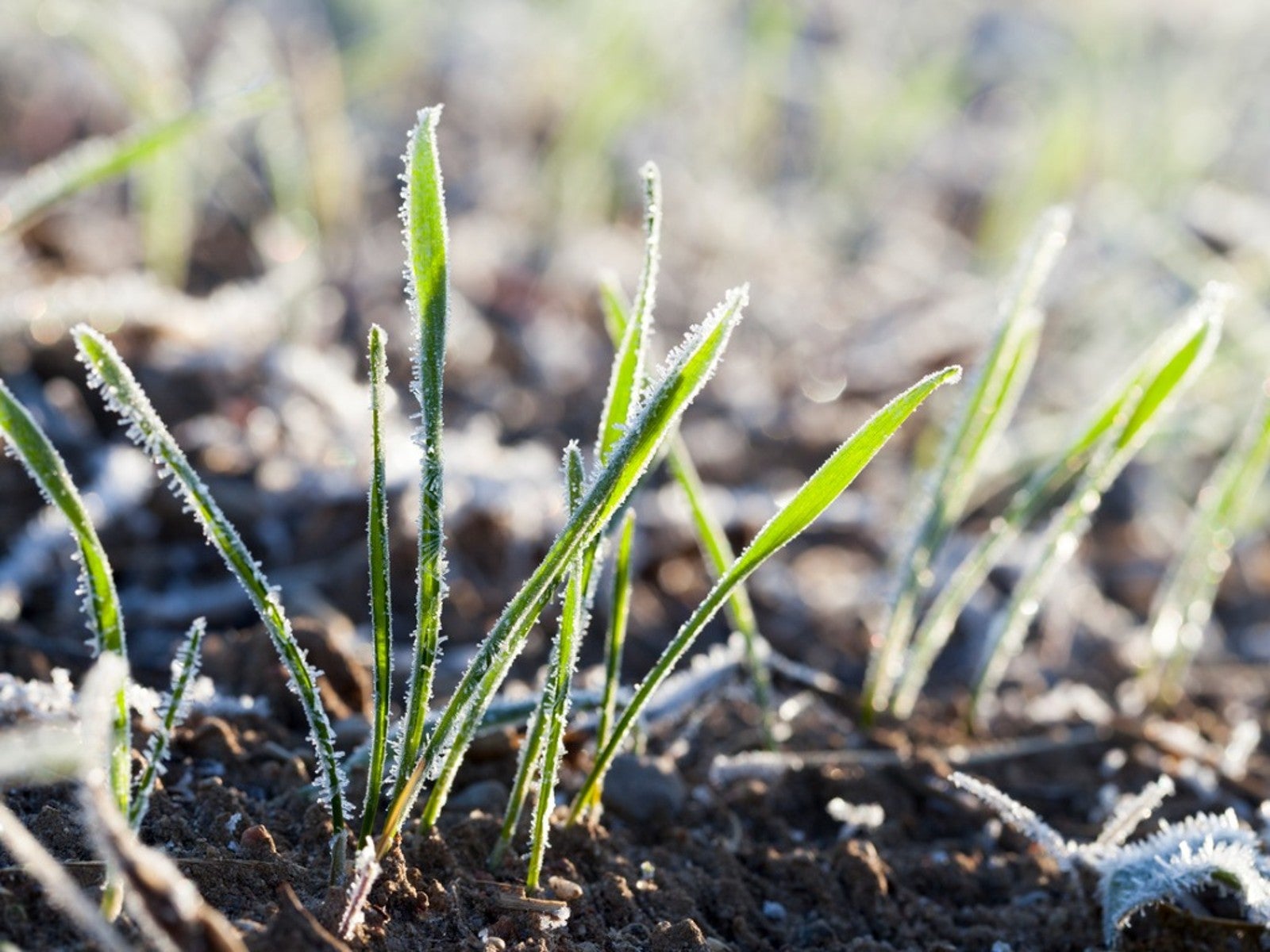 Will Frost Kill Grass Seed And How To Help New Turf Survive
Will Frost Kill Grass Seed And How To Help New Turf SurviveLearn how to help your newly sown grass survive frost and freezing weather.
By Amy Grant
-
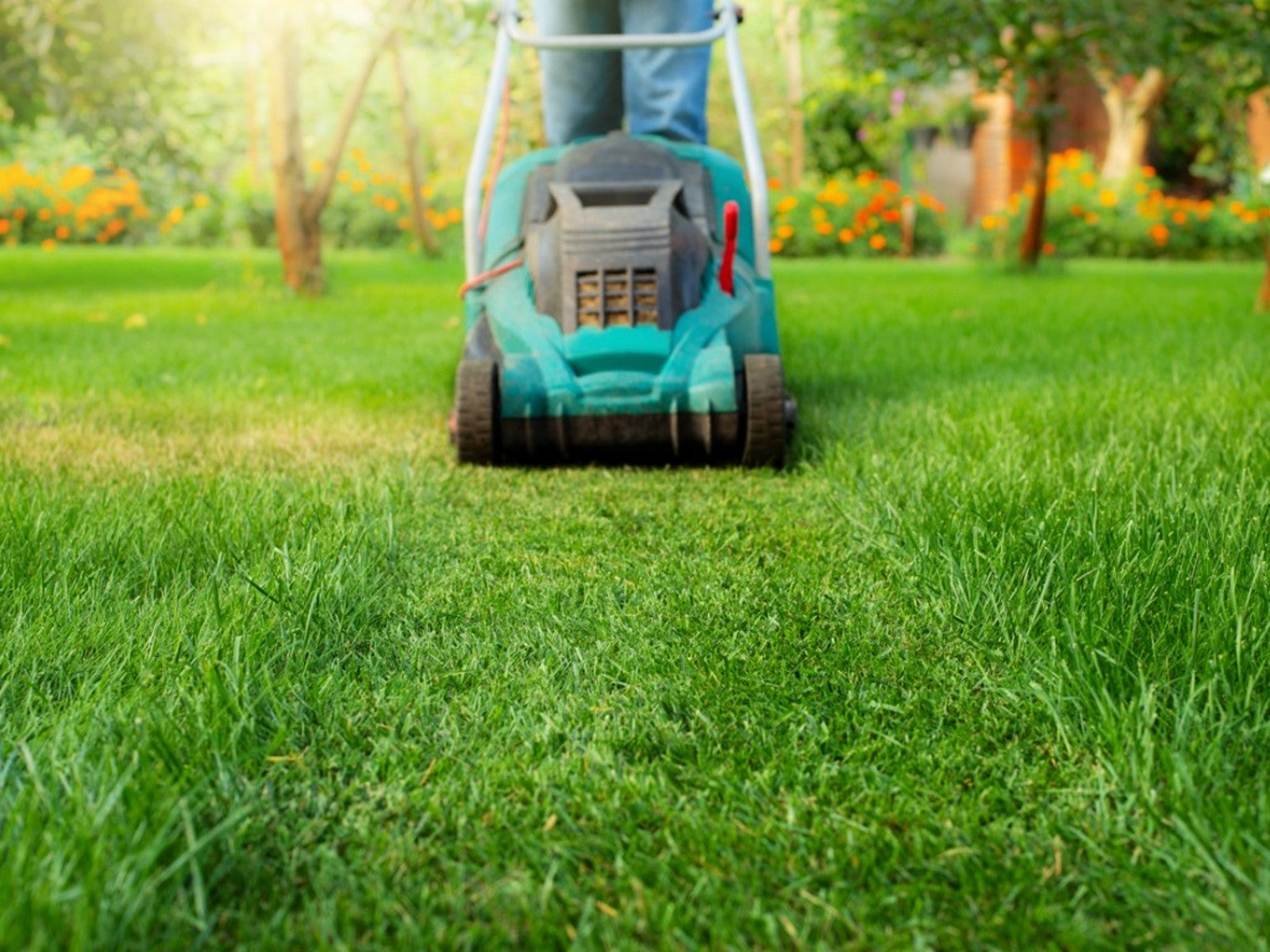 Lawn Problems That Aren’t Really Problems
Lawn Problems That Aren’t Really ProblemsYour lawn may not require as much work as you think. Learn which common problems aren’t really problems.
By Teo Spengler
-
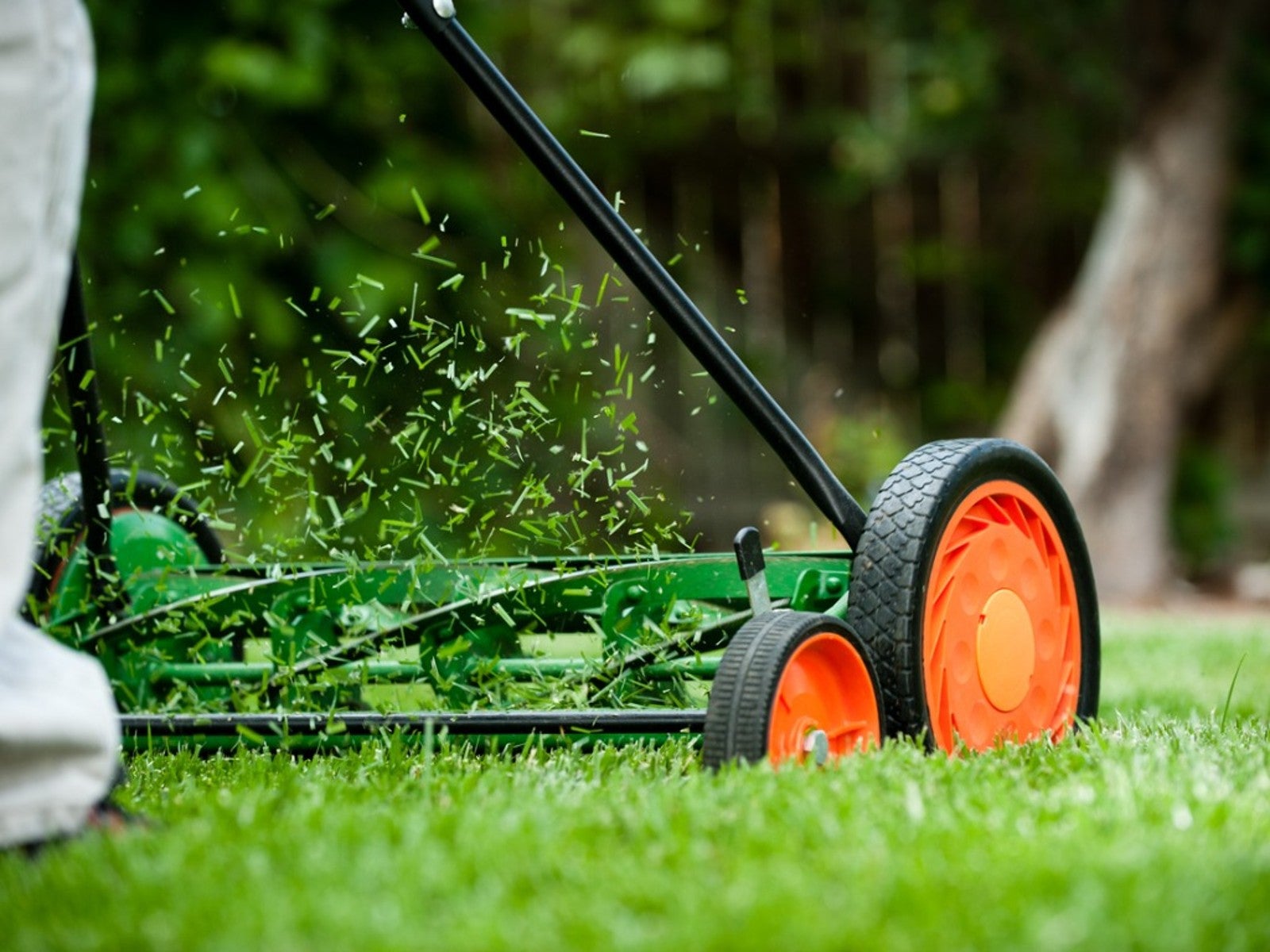 Why A Manual Push Mower Is Good For You And The Environment
Why A Manual Push Mower Is Good For You And The EnvironmentReel mowers are making a comeback, but why? Click here to learn about reel mower pros and cons.
By Amy Grant
-
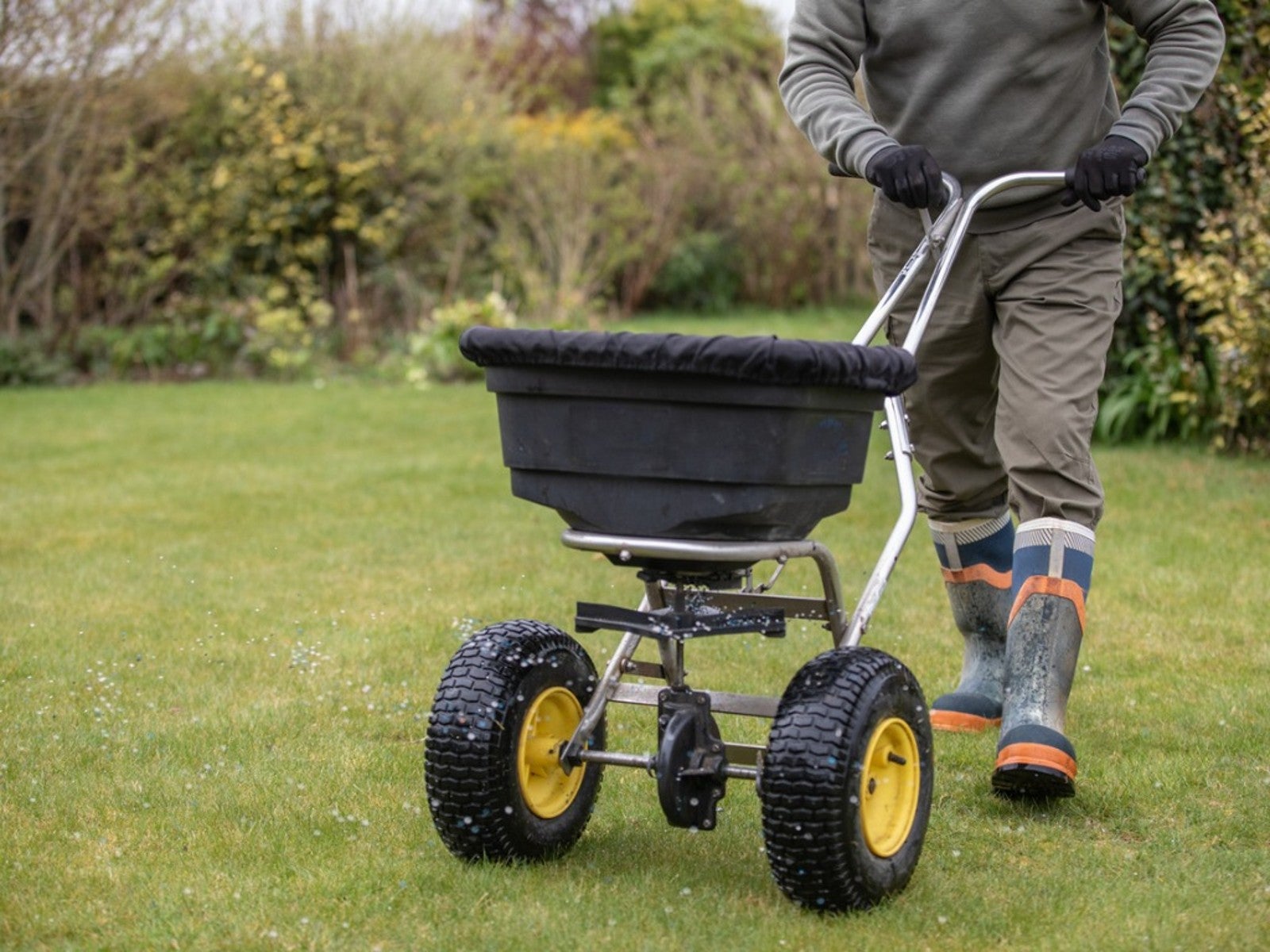 Fertilize Grass In Fall For A Lush Lawn In Spring
Fertilize Grass In Fall For A Lush Lawn In SpringFor everything you need to know about fertilizing your lawn in the fall, click here.
By Susan Albert
-
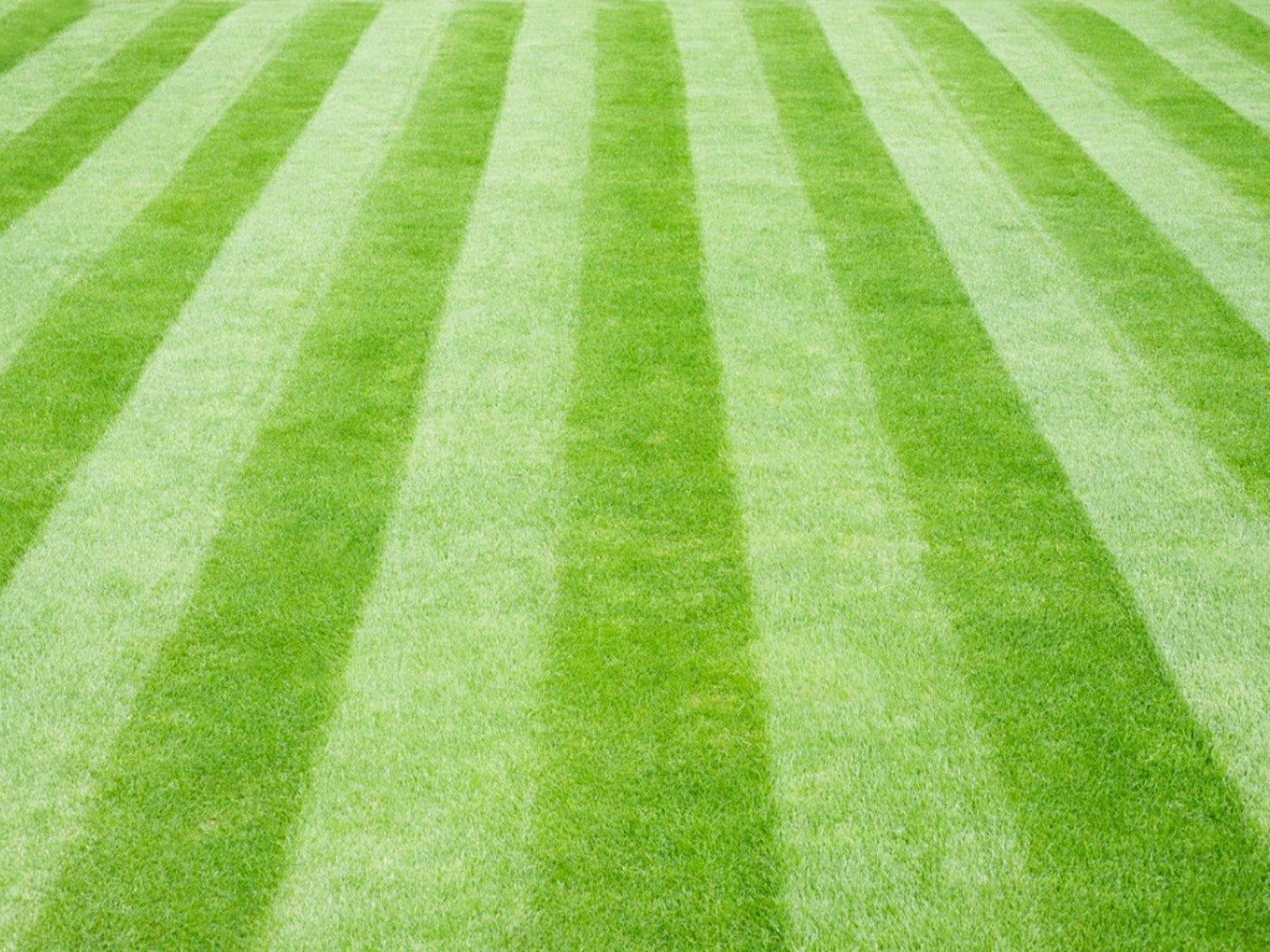 Tips For Mowing Stripes In Lawn
Tips For Mowing Stripes In LawnWouldn’t it be great to have stripes in your lawn like a sports field? Learn how here.
By Susan Albert
-
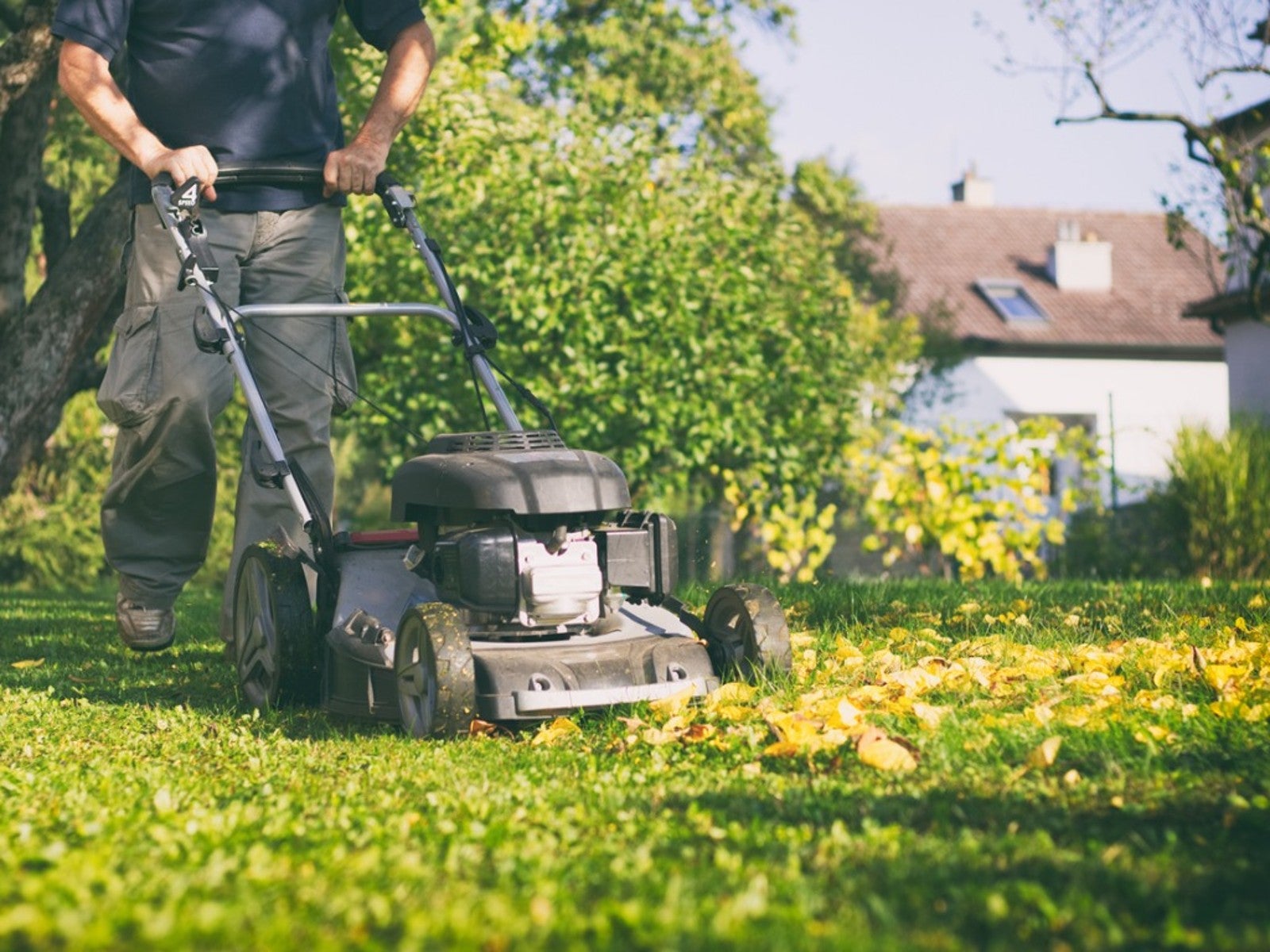 Late Summer Lawn Care Checklist
Late Summer Lawn Care ChecklistPlan to do some late summer care and maintenance of your lawn so it will be healthy and beautiful in the spring. Here are some tips.
By Laura Miller